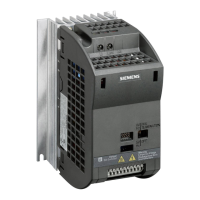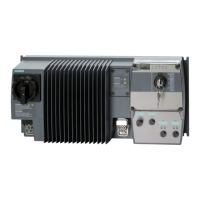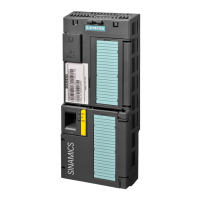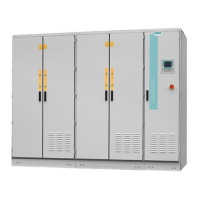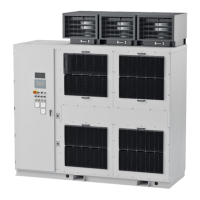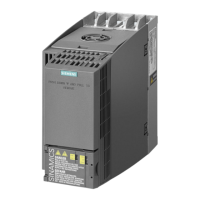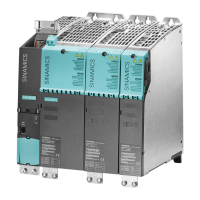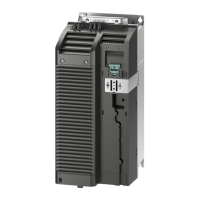7.20.4 Torque control
Torque control is part of the vector control and normally receives its setpoint from the speed
controller output. By deactivating the speed controller and directly entering the torque setpoint,
the closed-loop speed control becomes closed-loop torque control. The converter then no
longer controls the motor speed, but the torque that the motor generates.
,
G
FRQWUROOHU
,
T
FRQWUROOHU
8SSHUWRUTXHOLPLW
/RZHUWRUTXHOLPLW
&XUUHQWOLPLW
*HQHUDWLQJSRZHU
OLPLW
0RWRULQJSRZHU
OLPLW
&DOFXODWLRQRI
WKHWRUTXH
OLPLWV
0RWRUDQGFXUUHQWPRGHO
7RUTXH
VHWSRLQW
7RUTXHVHWSRLQW
$GGLWLRQDOWRUTXHVHWSRLQW
0HDVXUHG
YROWDJH
0HDVXUHG
FXUUHQW
2XWSXWIUHTXHQF\
2XWSXW
YROWDJH
9ROWDJHDQJOH
0D[LPXPVSHHG
7UDQVIRUPDWLRQ
7UDQVIRU
PDWLRQ
)OX[VHWSRLQW
S
S
S
S
S
S
S
Typical applications for torque control
The torque control is used in applications where the motor speed is specied by the connected
driven load. Examples of such applications include:
• Load distribution between master and slave drives:
The master drive is speed controlled, the slave drive is torque controlled.
• Winding machines
The most important settings
Prerequisites for the correct functioning of the torque control:
• You have set the motor data correctly during the quick commissioning
Quick commissioning (Page113)
• You have performed a motor data identication on the cold motor
Advanced commissioning
7.20Motor control
SINAMICS G115D Wall Mounted distributed drive
308 Operating Instructions, 07/2023, FW V4.7 SP14, A5E52808211A AA
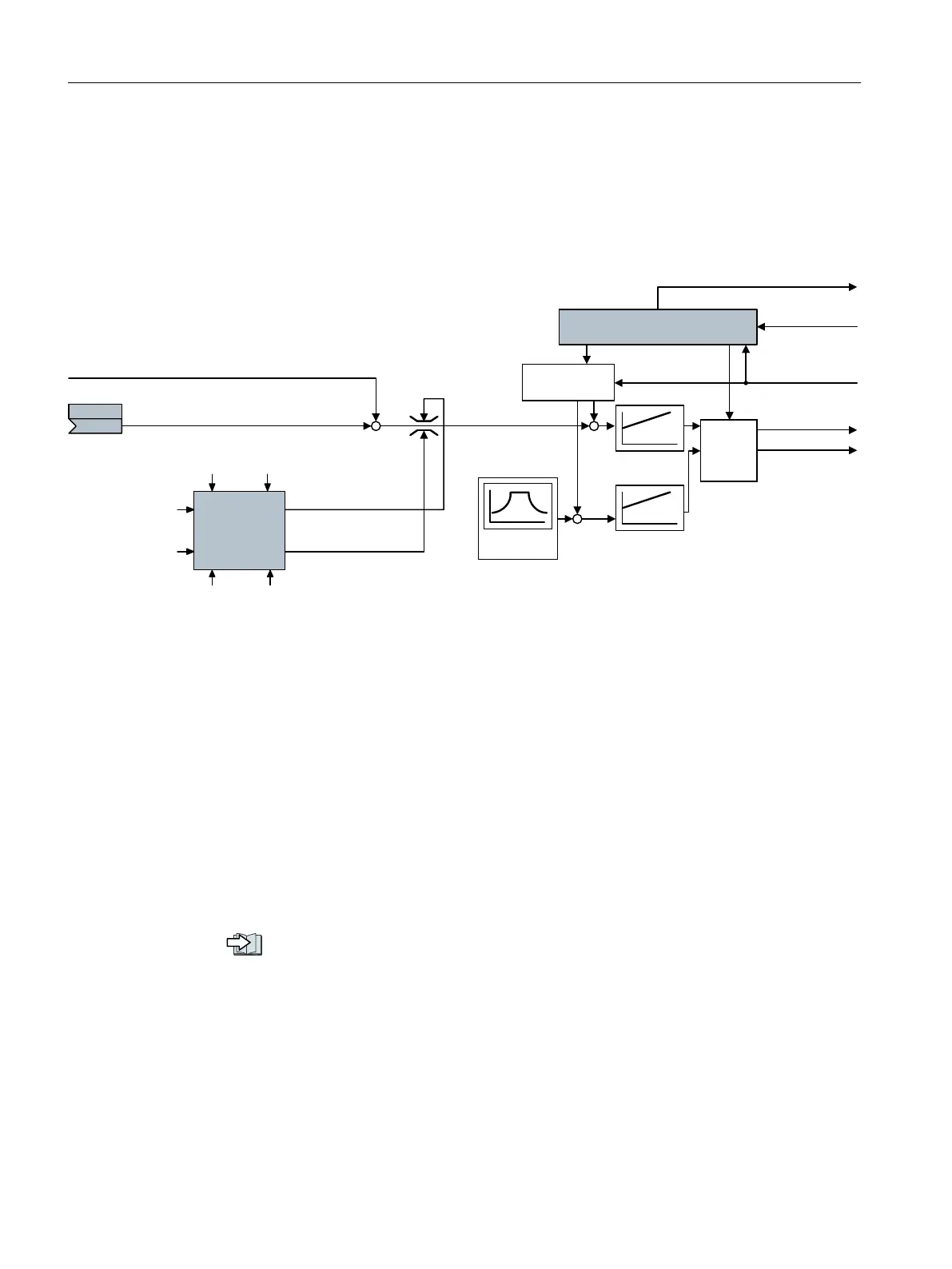